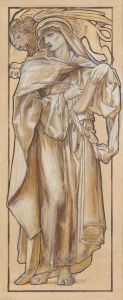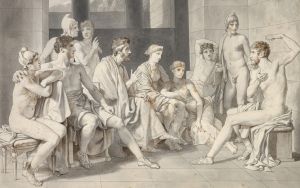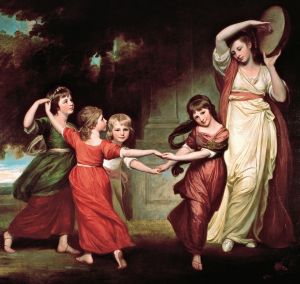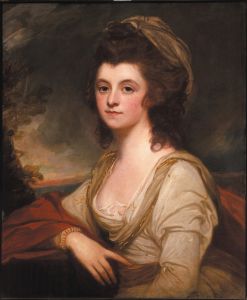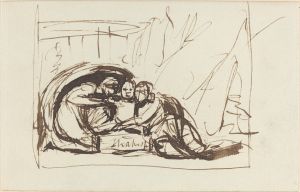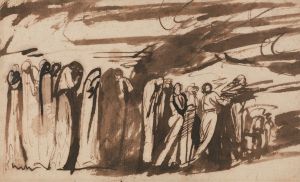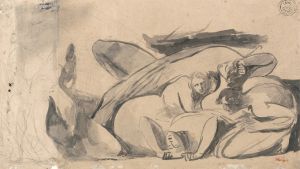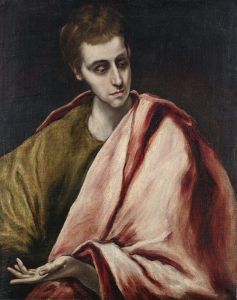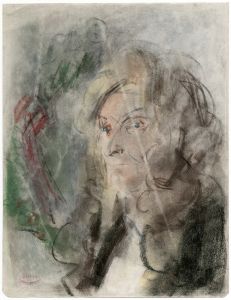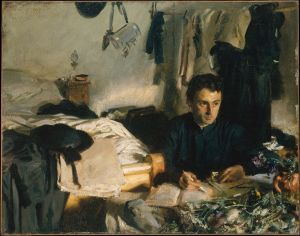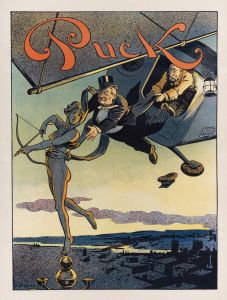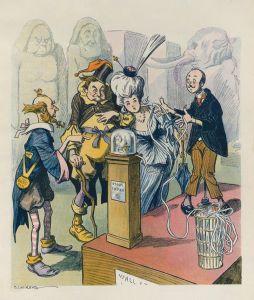
The Temptation of Christ
A hand-painted replica of George Romney’s masterpiece The Temptation of Christ, meticulously crafted by professional artists to capture the true essence of the original. Each piece is created with museum-quality canvas and rare mineral pigments, carefully painted by experienced artists with delicate brushstrokes and rich, layered colors to perfectly recreate the texture of the original artwork. Unlike machine-printed reproductions, this hand-painted version brings the painting to life, infused with the artist’s emotions and skill in every stroke. Whether for personal collection or home decoration, it instantly elevates the artistic atmosphere of any space.
George Romney, an English portrait and historical painter of the 18th century, is known for his contributions to the Neoclassical art movement. Among his works, The Temptation of Christ is a notable painting that depicts a biblical scene from the New Testament. This artwork illustrates the moment when Jesus Christ is tempted by Satan during his 40 days of fasting in the wilderness, as described in the Gospels of Matthew, Mark, and Luke.
Romney's interpretation of this subject reflects his interest in dramatic and moral themes, which were common in historical and religious paintings of the time. The painting captures the tension and spiritual struggle inherent in the narrative, with a focus on the contrast between Christ's divine resolve and Satan's cunning persuasion. Romney's use of light and shadow enhances the emotional intensity of the scene, emphasizing the moral victory of Christ over temptation.
The exact date of the painting's creation is not definitively documented, but it is believed to have been produced during the latter part of Romney's career, when he increasingly turned to historical and literary subjects. Romney was deeply influenced by classical art and literature, and his works often reflect a blend of dramatic storytelling and refined composition.
The Temptation of Christ is an example of Romney's ability to convey complex narratives through his art. While he is primarily celebrated for his portraits, such as those of Emma Hamilton, his historical and religious works demonstrate his versatility and ambition as an artist. The painting is thought to have been created as part of Romney's exploration of moral and spiritual themes, which were popular among his contemporaries.
The current location of The Temptation of Christ is not widely documented, and it is unclear whether the painting is held in a public collection or remains in private hands. As with many of Romney's works, its provenance and exhibition history may not be fully recorded.
Due to limited information about this specific painting, further details about its commission, reception, and influence remain unknown. However, it stands as a testament to George Romney's engagement with religious and historical subjects, showcasing his skill in rendering complex emotional and narrative content through his art.





